As responsible travelers evolve, so do the stories we share.
This article is part of our living archive — trusted content we continue to care for.
First published on January 23, 2018 • Last updated on April 6, 2019.
Once upon a time, Polylepis forests covered the high Andes. These magical trees with their wind-blown, sinuous trunks, paper-thin layers of rust-red bark, and tiny green leaves intertwine to make dense, dark forests. Extreme weather and high altitude shape not just a single trunk but an entire grove, creating a community of trees interwoven both above and below the ground.
For generations, indigenous peoples have used the slow-burning, dense wood to heat homes, cook food, make wooden handles for tools, and to build corrals for grazing animals. They use Polylepis bark to dye cloth and to help treat respiratory illness and kidney disease.
Only a few forests remain in the Ecuadorian Andes. Most grow on federally protected lands above the normal tree line, between 9,800 – 16,400 feet (approx. 3,000 – 5,000 meters), making the Polylepis the highest-growing flowering tree in the world. At the highest elevations, this slow growing tree can take more than 160 years to grow a half-inch in diameter.
A Little About the Latin
Correctly pronounced as either paw-lee-lee-pis or paw-lee-leh-pis, the genus Polylepis contains 26 different species, all located in the Andes, from as far north as Venezuela to southern Chile and Argentina. Two Greek words, poly (many) and letis (layers), describe the many thin layers that make up the thick, orange-red bark common to all members of this genus. In Ecuador, the tree is called árbol de papel or paper tree because these thin layers look like sheets of tissue paper flaking from the trunk of the tree.
Ecuador has seven species of Polylepis, and two of those, Polylepis lanuginosa and Polylepis reticulata, grow no where else in the world.
Where to see Polylepis forests in Ecuador
Entering a forest of Polylepis trees is like walking back in time. The quiet stillness and the shadows make it an easy place for imaginations to run wild. Even during a heavy rain, few drops penetrate the canopy and the sounds of the high altitude winds are muffled to near silence. When low-lying clouds roll in, the Polylepis forest feels ominous. When those clouds turn to fog, the trail becomes hard to see, especially in the densest forests where hikers must step up and over tree trunks to enter in the first place.
One of the largest Polylepis forests is practically hidden in plain sight. If you drive the road from Quito up to the spa-town of Papallacta, look out the right-hand side of the vehicle as you begin to enter the mountains. A Polylepis forest is tucked into the ravine, immediately opposite the part of the road that regularly experiences rockfalls in rainy weather. With no pullouts or trailheads, this forest isn’t easily explored. Instead, you might want to check out some of these locations instead:
- Yanacocha Reserve, Quito, Pichincha Province
- Antisana Wildlife Preserve, Napo Province
- Las Illinizas Ecologic Reserve, Cotopaxi Province
- Chimborazo Wildlife Preserve, Chimborazo Province
- El Angel Ecologic Reserve, Carchi Province



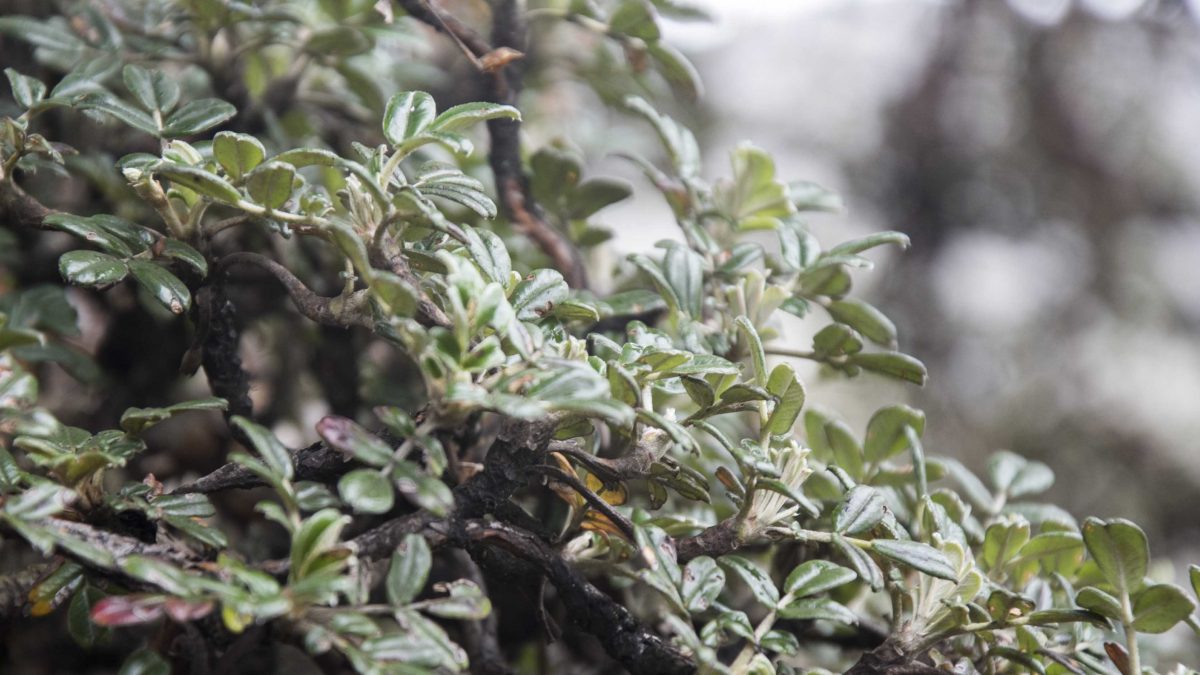
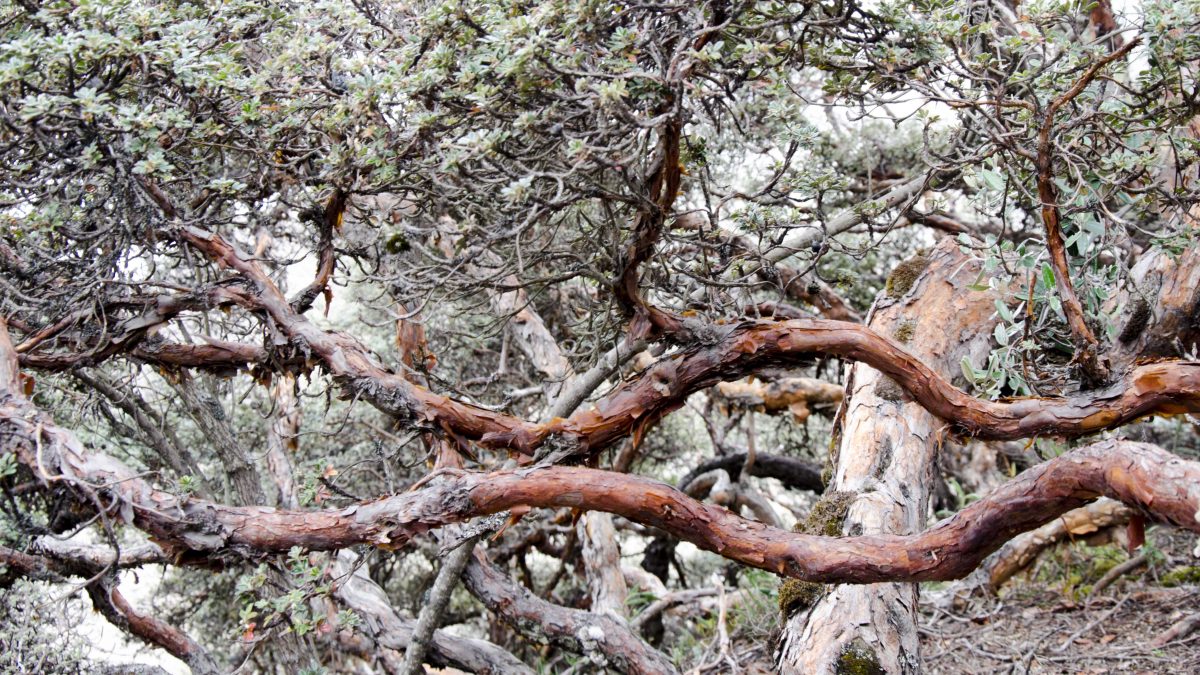
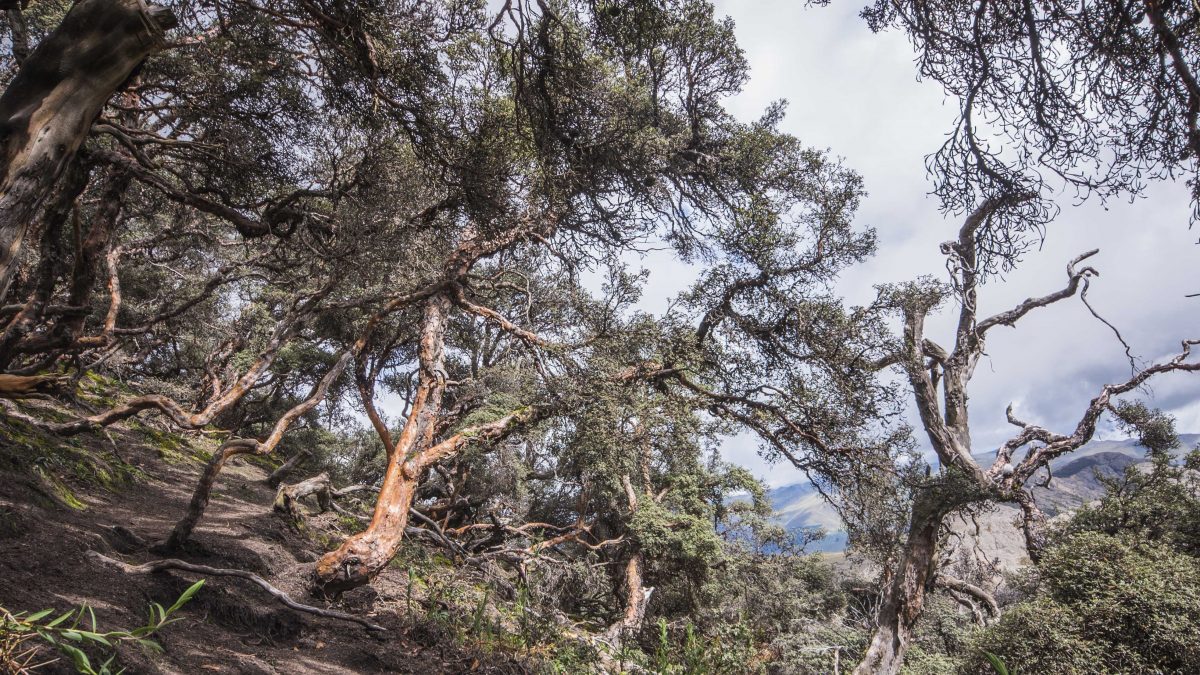
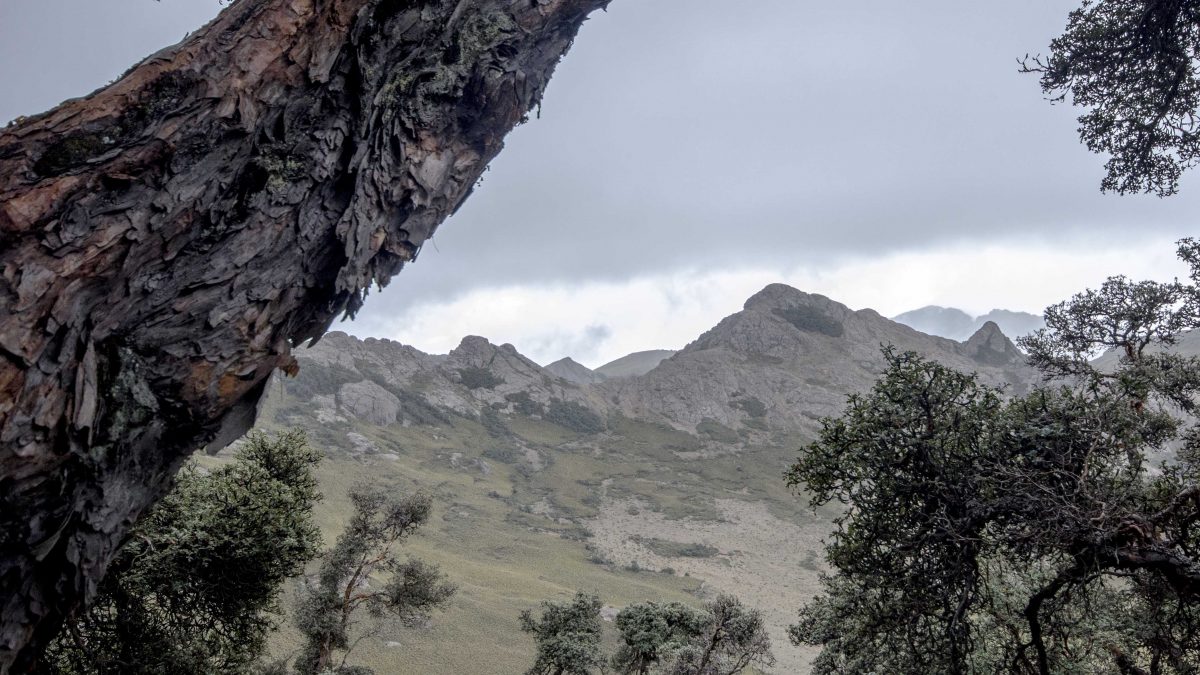


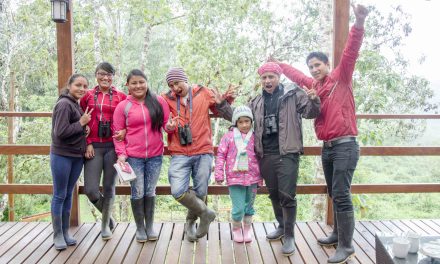
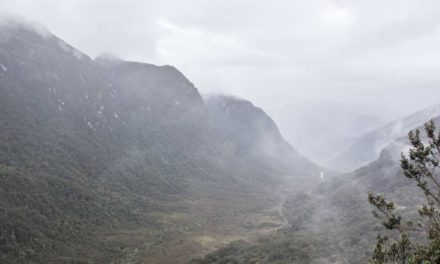

















Loved this article! So nice to be able to tell my kids a little more about this tree!
My boys are now grown but your comment took me back to a time when we hiked all kinds of different trails with them. Strange and beautiful rees were a constant, whether they were the Madrones of Northern California, the Wild Myrtles of West Argentina, or the Bristlecone Pines of northern Nevada. I am so glad you learned something new and are sharing with your children. Thanks for leaving a comment and taking me on my own walk down memory lane!